Understanding the Process of Water Extraction After a Leak or Flood
Water damage is a common issue that affects homeowners and businesses alike. Whether caused by a burst pipe, a severe storm, or an unexpected appliance failure, water intrusion can lead to significant damage if not addressed promptly and appropriately. Understanding the process of water extraction after a leak or flood is crucial to mitigating damage and preventing longer-term issues such as mold growth or structural deterioration. This blog post delves into the essential steps of water extraction and highlights why quick action is key in addressing water damage.
Assessing Immediate Damage
In the immediate aftermath of a flood or leak, assessing the extent of the damage is a critical first step. Water can quickly infiltrate porous materials such as drywall, wood, and textiles, spreading throughout the affected area. This initial assessment not only helps in understanding the severity of the situation but also guides the decision-making process for the extraction method to be utilized. Professionals often start by using moisture meters and infrared cameras to detect hidden moisture behind walls and under floors. Accurate identification of moisture pockets is essential, as undetected damp areas can lead to long-term structural damage and health issues like mold growth. This phase also includes evaluating the safety of the affected area, identifying any electrical hazards or weakened structures. By gathering detailed information early on, restoration specialists can create a targeted plan that reduces further damage, speeds up the drying process, and ensures a safer, more efficient recovery.
Removing Water
The actual process of water extraction involves several key steps designed to remove standing water and reduce moisture levels to a safe baseline. Powerful pumps and vacuums are typically used to extract the bulk of water. According to Krapf Legal, 14,000 individuals in the U.S. are impacted by water damage daily, highlighting the widespread need for efficient water extraction methods. Quickly removing water is crucial to minimizing damage and speeding up the overall drying process.
Monitoring Drying Progress
Once the standing water has been removed, the focus shifts to drying out the affected areas. This usually involves the deployment of industrial-grade air movers and dehumidifiers. These machines work in tandem to lower humidity levels and promote the evaporation of moisture from materials. It's important to monitor progress with moisture meters to ensure that all areas are thoroughly dried, preventing the growth of mold and mildew, which can start developing within 24 to 48 hours of water exposure, according to our experts. In addition, regular inspections help identify stubborn moisture pockets that may require targeted drying techniques, ensuring a complete restoration and reducing the risk of structural damage or lingering odors.
Dealing with Contaminants
Sanitization and cleaning are also paramount in the water extraction process. Floodwaters can contain a variety of contaminants that pose health risks. Cleaning agents and antimicrobials are used to sanitize affected areas and eliminate any potential hazards. Special attention should be paid to porous materials such as carpets and upholstered furniture, which may need to be treated or replaced depending on the level of contamination. In addition to surface cleaning, air quality should also be addressed, as mold spores and bacteria can become airborne. Proper ventilation and air purification are essential to ensure a safe indoor environment.
Repairing Structural Damage
Finally, an important aspect of water extraction and damage restoration is restoring the property to its original condition. This may involve repairs to structural elements, repainting, and replacing damaged materials. Professional water damage restoration companies can provide comprehensive services that ensure a property is not only dry and safe but also restored to its pre-damage state. It’s advisable to consult with such professionals for both major and minor incidents to safeguard property value and ensure the space is habitable once more.
Understanding the process of water extraction is vital for anyone dealing with the aftermath of a flood or significant leak. By promptly addressing water intrusion, assessing damage thoroughly, employing proper extraction and drying techniques, and ensuring thorough sanitization and restoration, you can effectively manage water damage and prevent further complications. With 14,000 individuals affected daily by water damage in the U.S., having a solid grasp of the extraction process can save time, money, and stress in the long run. For more information about the services that we offer, reach out to our incredible team at Captain's Complete Restoration today!
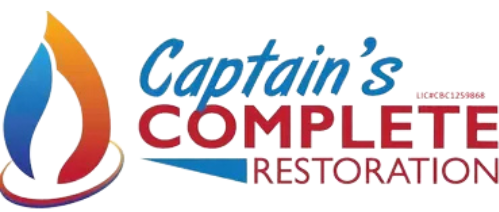


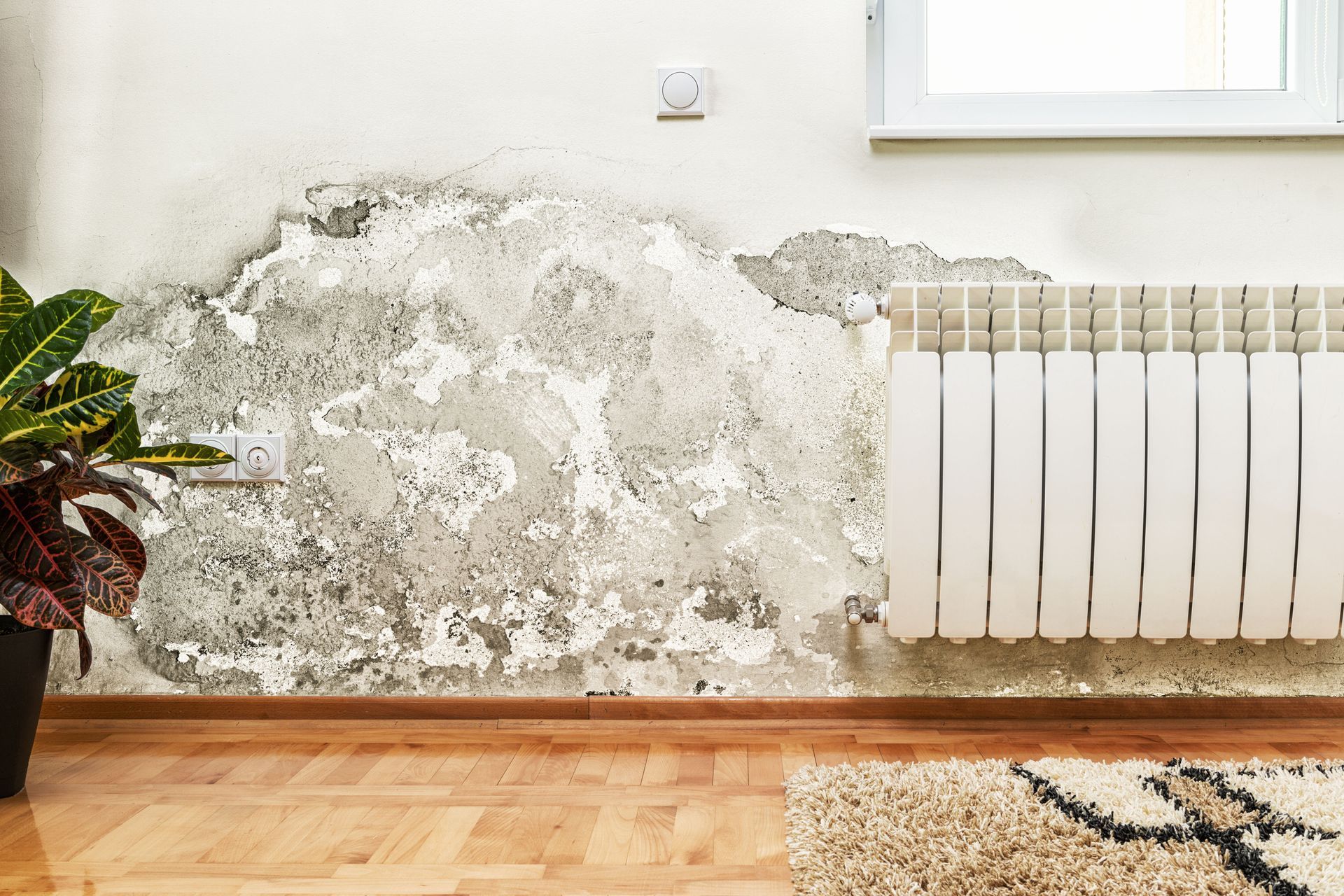
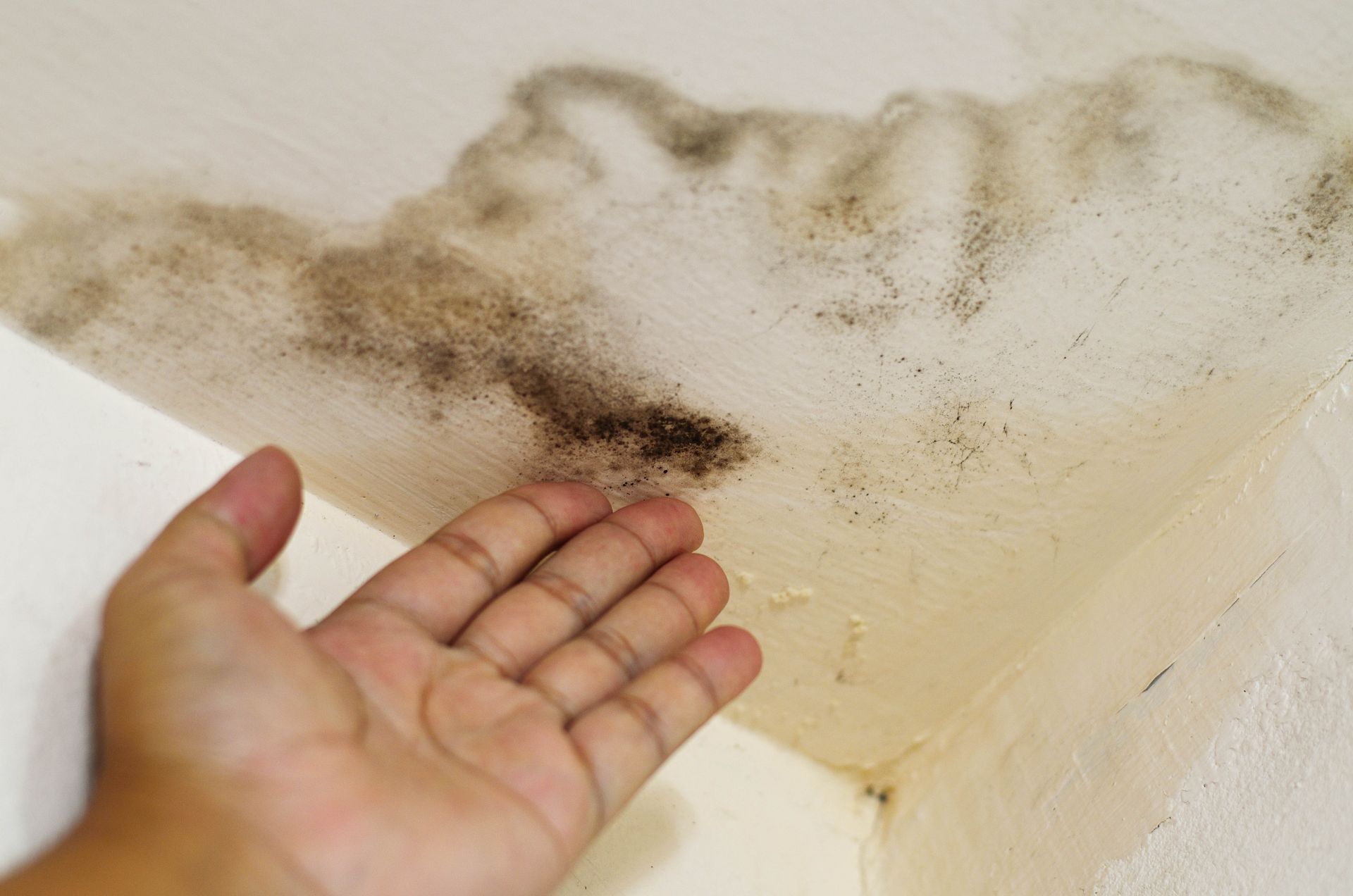
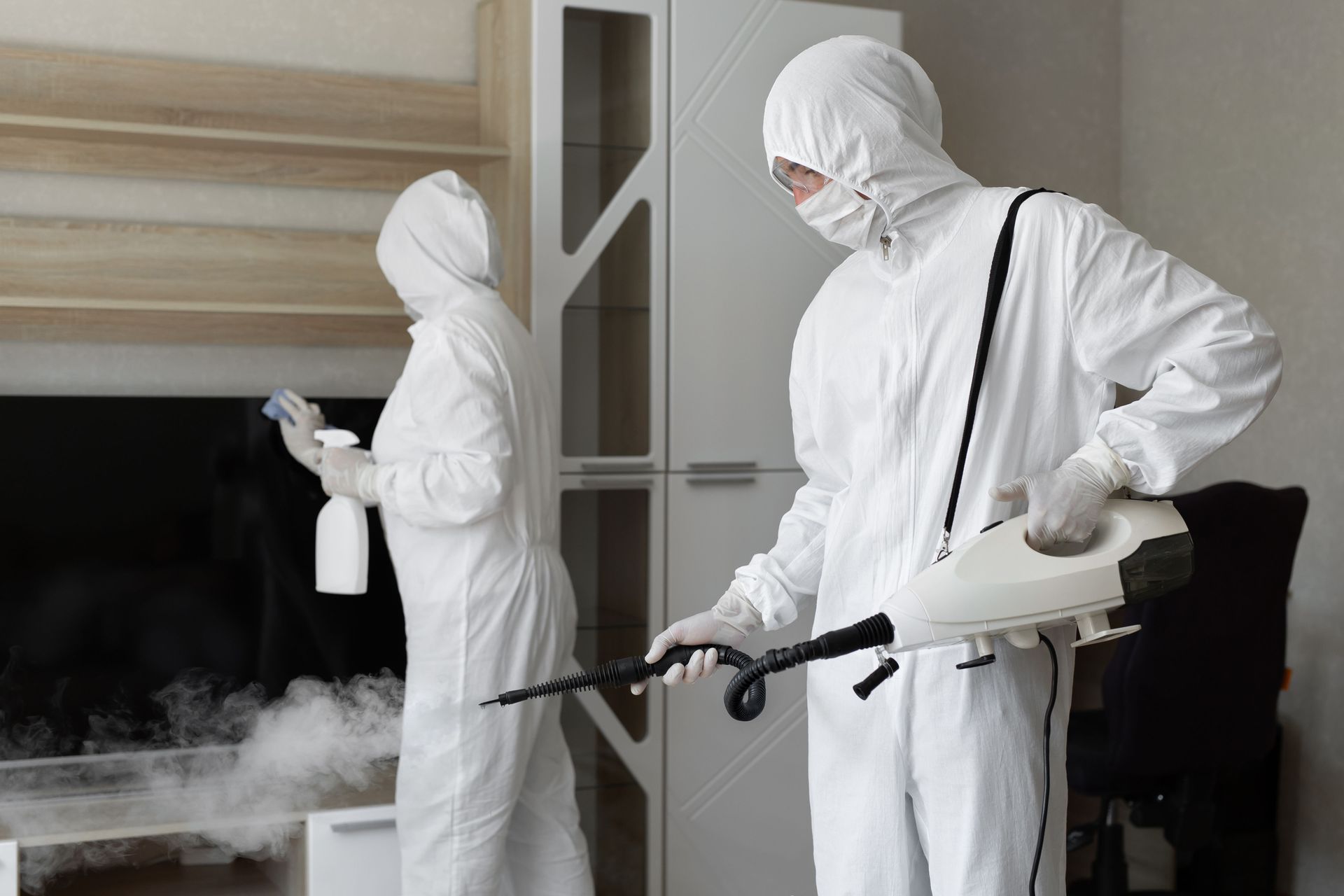
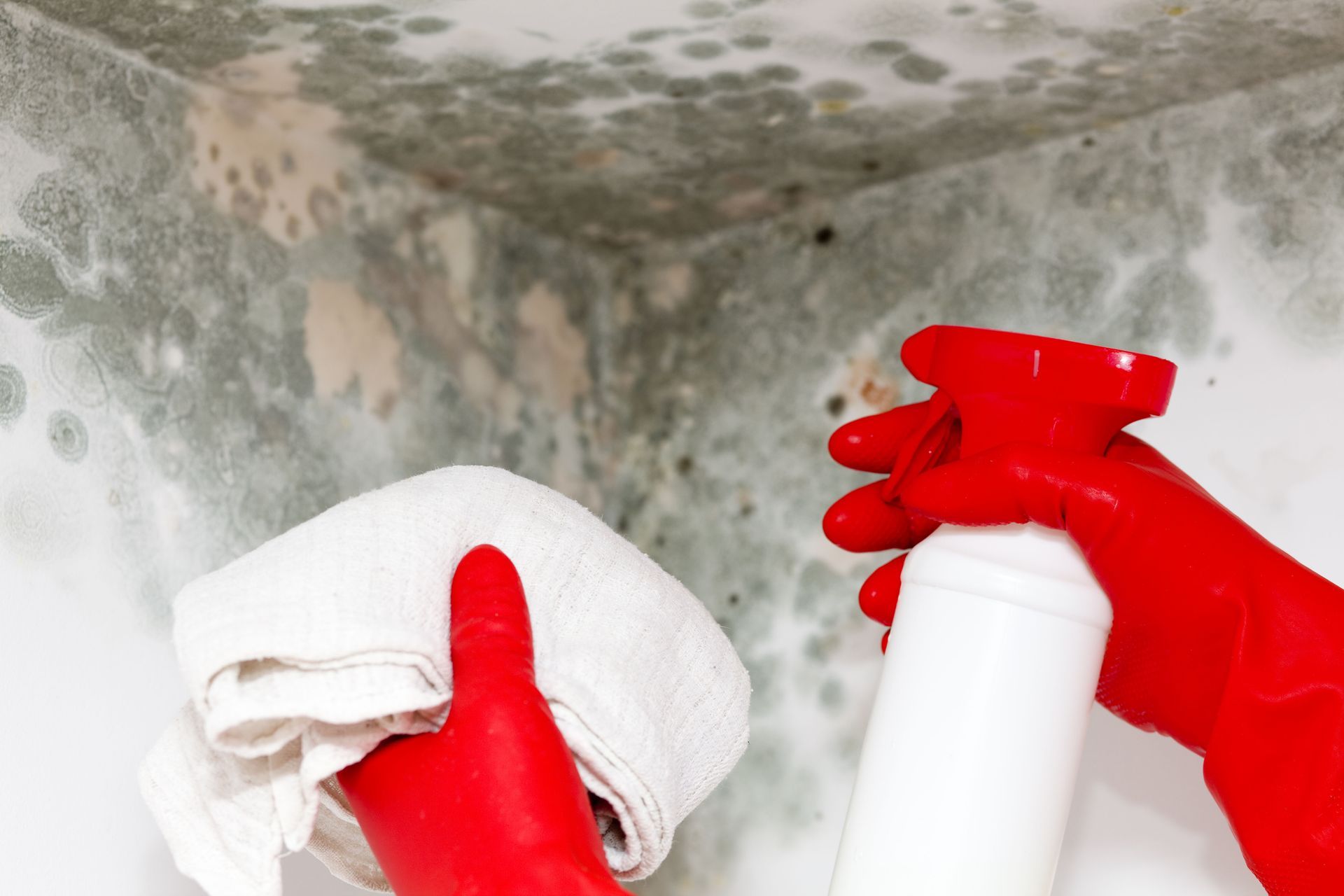
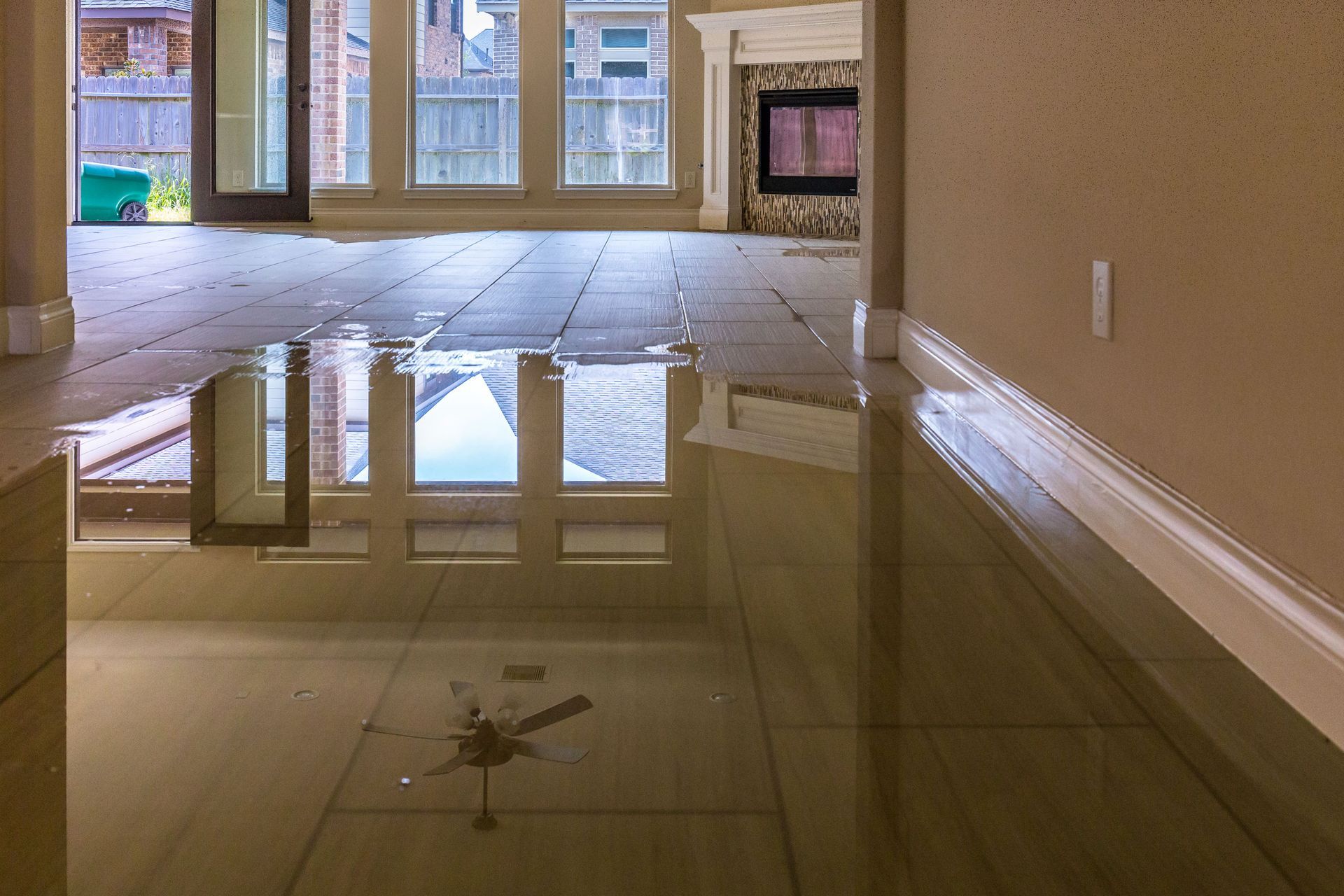
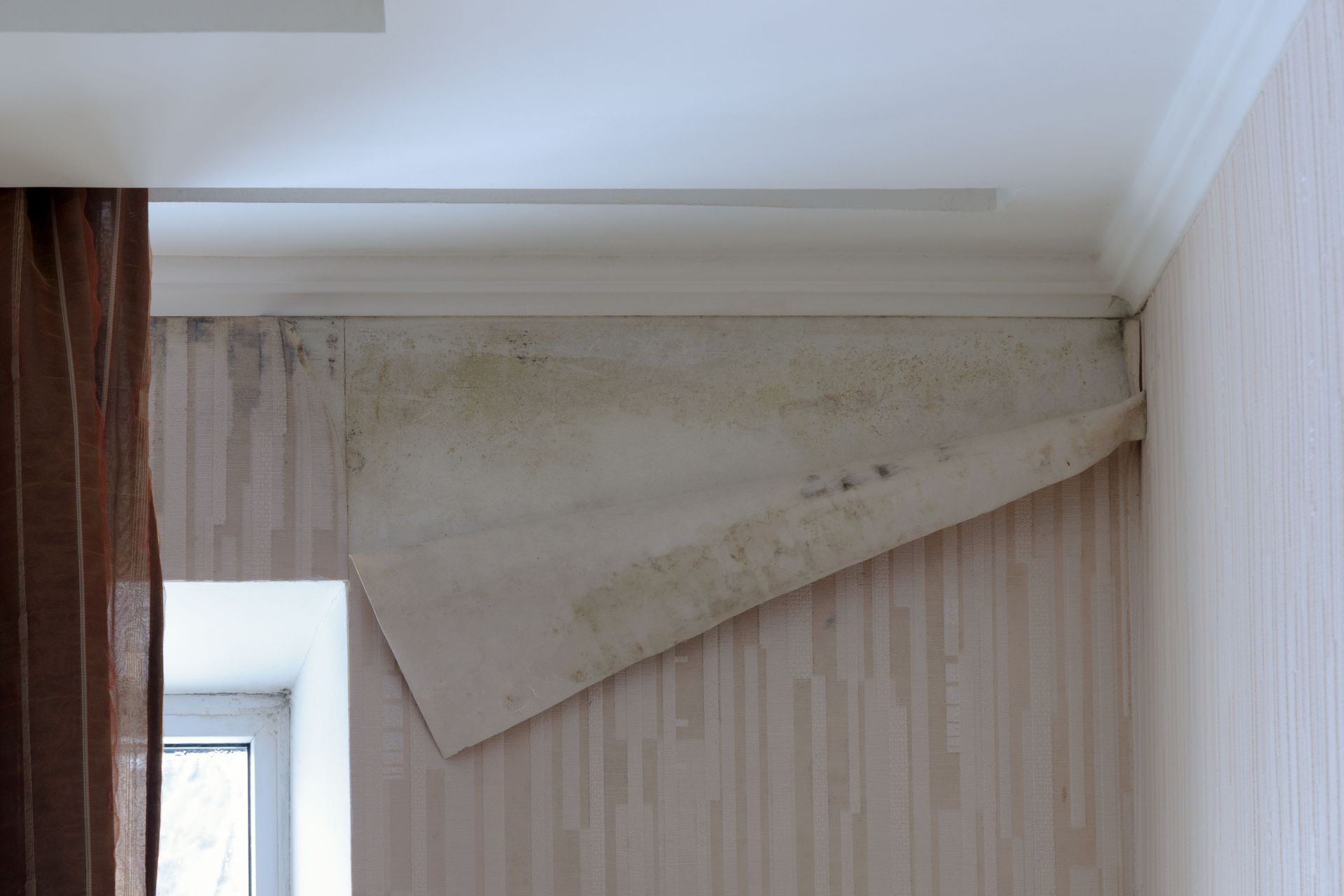
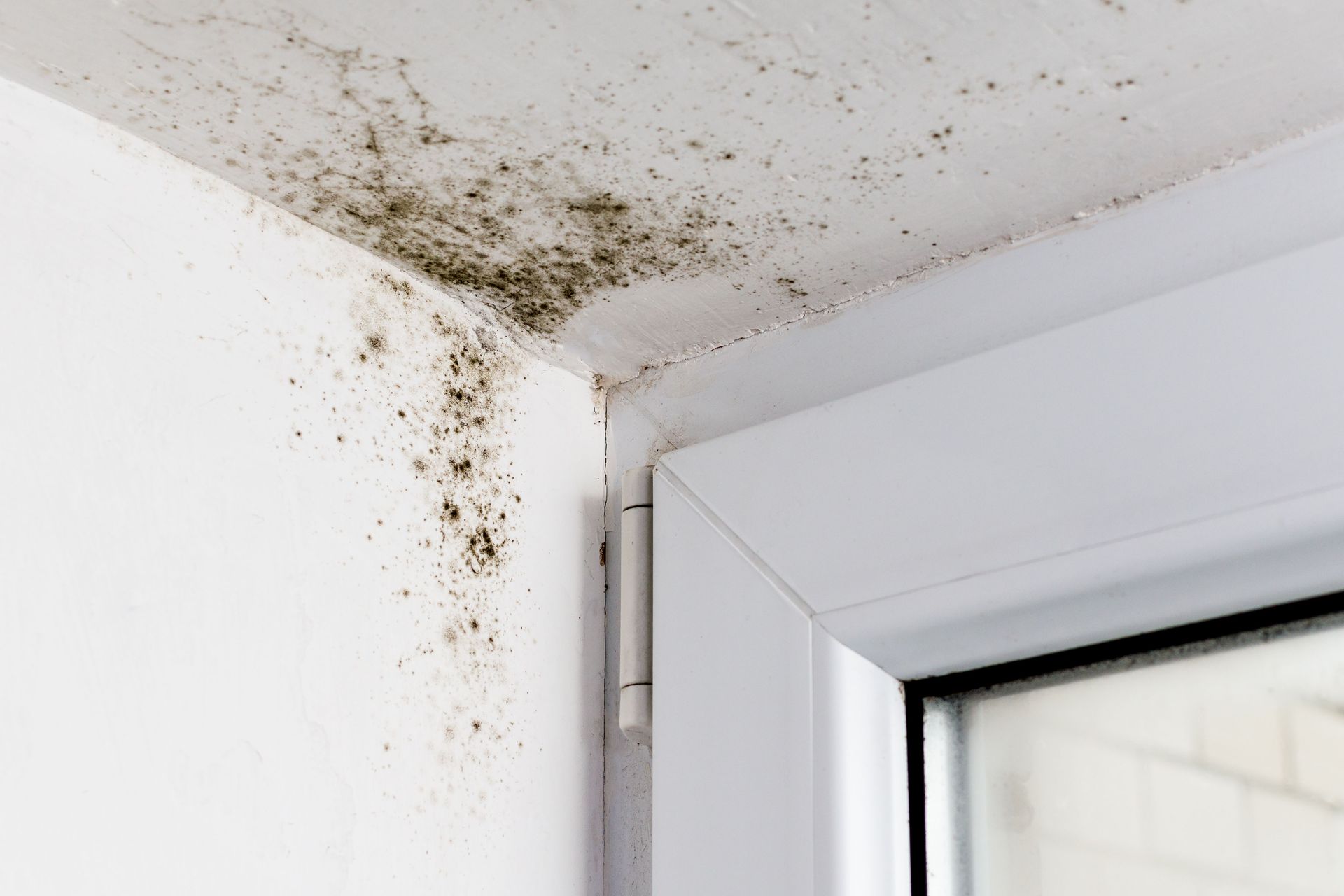
Share On: